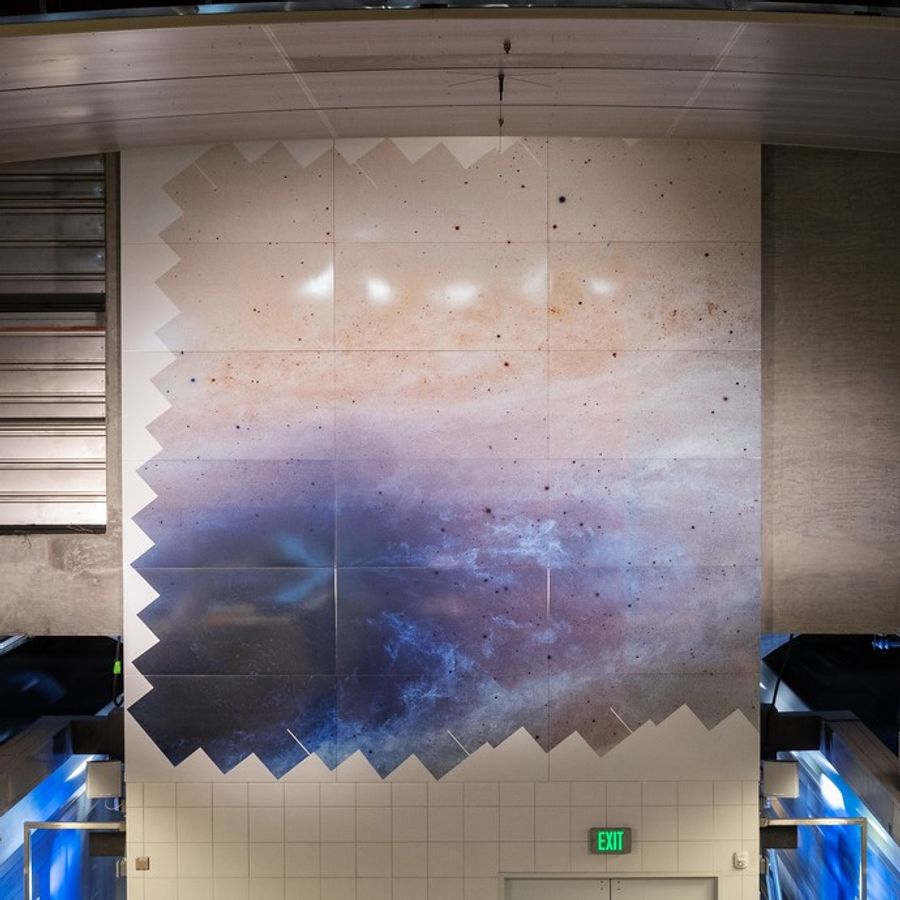LA's Transit Oriented Future
The Regional Connector is just one of several major improvements underway and in the pipeline for Metro. Several of these projects will even further reshape LA’s mobility landscape. These include a direct rail connection to LAX, the subway extension to Santa Monica, and the Sepulveda Pass subway connecting the San Fernando Valley to the Westside. Although these plans and projects encompass the entire LA region, the result is to reinforce Downtown’s importance to the region even further.

Upcoming LAX Metro Station
Moreover, while the principal intention behind these investments is to reduce the region’s reliance on automobiles by making transit more convenient and accessible, it is also a critical element in the region’s plans to address the housing shortage and affordability crisis through the development of Transit Oriented Communities. Chief among these communities is Downtown itself, which is slated to more than double its population by 2040. The goal of this vision is to have hundreds of thousands more Angelenos using convenient access to transit every day as a principal means of transportation. Perhaps even more ambitious is the vision of millions of visitors coming to LA for the 2028 Olympics and being able to experience the region without needing a car at all.
Taken together, the impact of these investments is to reinforce Downtown as the central hub not just of the transportation system, but of the region itself. By design, the Metro rail system is built around improving accessibility in and out of Downtown. By connecting regional activity centers to Downtown and establishing Downtown as an activity center for the entire region, natural connections emerge that support greater connectivity and encourage transit use. Put another way, an investment in Downtown is an investment that benefits everyone in the City of LA and in the LA region.

"Mungo Thomson’s two murals for this subway platform evolved from a series of artworks in which he digitally inverts astronomical images from the Hubble Space Telescope’s online photographic archive."